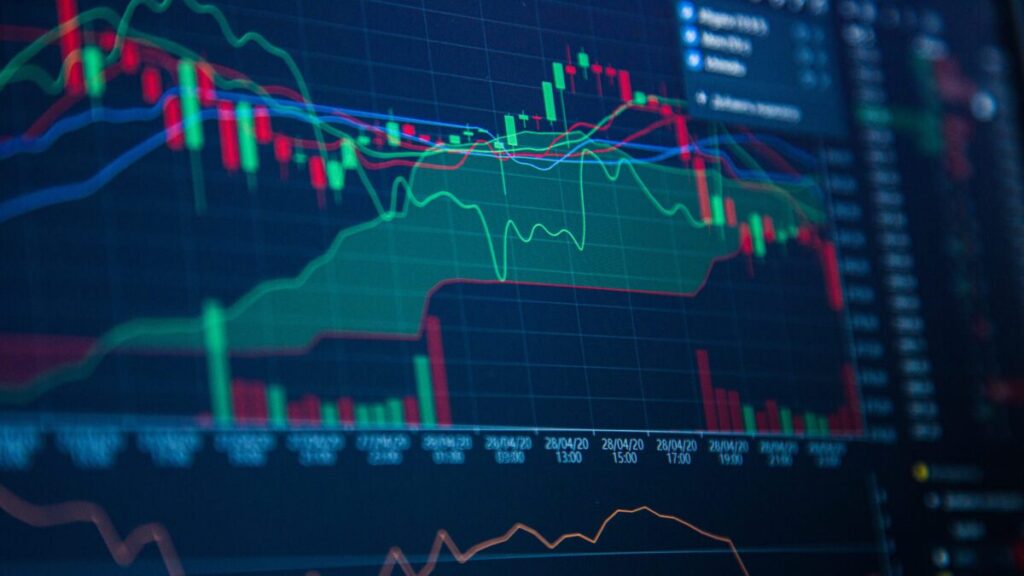Have you ever wondered why your trading profits sometimes look smaller than expected? Beyond market trends and price movements, the hidden factor is often the charges attached to every transaction. From brokerage fees to statutory costs, even small expenses can add up and impact long-term returns.

This is where a brokerage calculator becomes essential. It reveals all charges in advance, allowing investors to make confident and informed decisions. Let’s examine why every investor should utilise this tool and how it can make a tangible difference in financial planning.
What Is a Brokerage Calculator, and How Does It Work?
Think of a brokerage calculator as a decision-making guide rather than just a cost tool. Instead of waiting for the final contract note, it gives you a real-time estimate of every fee attached to a trade. It lists brokerage, Goods and Services Tax (GST), stamp duty, and exchange fees before you trade online.
Here’s how it works:
1. Enter Your Trade Details:
Add the quantity, buy price, sell price, and order type.
2. Get a Cost Breakdown:
The calculator shows brokerage, Goods and Services Tax (GST), stamp duty, DP fees, SEBI charges, and other costs.
3. See the Net Outcome Instantly:
of assuming profits, you know the exact amount you’ll actually make or lose.
4. Decide with Clarity.
his helps you judge whether a trade is worth it before you commit.
This simple process saves you from guesswork and makes trading more transparent.
10 Reasons Why Every Investor Should Use a Brokerage Calculator.
A brokerage calculator is a simple tool that makes these costs clear before you trade. Let’s look at 10 reasons why every investor should use a brokerage calculator.
1. Clear Picture of Costs.
A brokerage calculator displays every fee associated with your trade, including brokerage, GST, stamp duty, exchange charges, and more. You don’t have to guess or wait for the contract note.
2. Saves Time.
Manually calculating charges can be tedious and time-consuming. With a calculator, you get the results instantly, saving time and reducing the chance of error.
3. Avoids Surprises.
Many investors overestimate profits because they forget hidden costs. A calculator ensures you know the actual net gain or loss before placing the trade.
4. Better Planning.
Showing the break-even point clearly helps you plan trades smartly. You can decide whether to proceed or skip if the costs eat into your returns.
5. Easy Comparisons.
Investors often compare different brokers or trade types. A brokerage calculator simplifies this process by clearly showing how charges differ, allowing you to choose the most cost-effective option.
6. Works Instantly.
You don’t need to wait or run complex calculations. Enter your trade details, and the calculator provides an instant breakdown of costs and outcomes.
7. Supports All Segments.
Whether you trade delivery, intraday, futures, or options, a brokerage calculator covers them all. This makes it a versatile tool for every kind of investor.
8. Boosts Confidence.
Trading becomes less stressful when you know exactly what to expect. A clear breakdown of charges gives you the confidence to make informed decisions.
9. Accessible Anywhere.
Most calculators are available on trading websites and mobile apps. You can check costs at any time, whether you’re at home, at work, or on the go.
10. Helps Long-Term Investors.
It’s not just for quick trades. Long-term investors can also use it to see how charges add up over years in Systematic Investment Plan (SIPs) or lumpsum investments, making financial planning easier.
In short, a brokerage calculator eliminates the guesswork from trading. It presents a realistic picture, helps you plan more effectively, and gives you the confidence to make informed decisions.
5 Fees Investors Often Miss Without a Brokerage Calculator.
Small charges add up quickly. Skip a quick pre-trade check, and even a good setup can disappoint. Here are the five slip-ups that hurt most and how a brokerage calculator helps you avoid them.
1. Focusing Only on Price Movement.
Many investors focus on the buy versus sell price and overlook the fee structure. A brokerage calculator displays every charge upfront, ensuring your expected return aligns with the actual, all-inclusive outcome.
2. Forgetting Both Legs of the Trade.
Costs apply to buy and sell. If you estimate on only one side, intraday or short-term trades can look better than they are. The calculator totals both legs, so your numbers stay honest.
3. Mixing Up Segments and Fee Rules.
Delivery, intraday, futures, and options have different bases for brokerage, Security Transaction Tax (STT), and other levies. The calculator applies the correct logic for each segment, ensuring you are not comparing apples to oranges.
4. Overlooking DP Charges on Delivery.
When shares move in or out of a Demat account, DP charges apply. These are easy to miss in mental maths. A brokerage calculator adds them automatically, so your break-even is accurate.
5. Misreading the Break-Even.
Setting targets on price alone ignores the full fee stack. The calculator provides the true break-even level, enabling you to plan entries and exits with clarity.
A 30-second run on a brokerage calculator, available on most trading website platforms, fixes all five: clear costs, clean targets, and decisions you can trust.
Turn Estimates Into Outcomes With a Brokerage Calculator.
A brokerage calculator turns guesswork into clarity. It shows the real, all-inclusive cost before you trade, so your plans align with your outcomes. Use it to set cleaner break-even levels, compare fees across segments, and avoid small charges that chip away at returns over the long term.
If you invest through a SIP or a lumpsum, the same habit applies. Check costs first, then act. Online trading and investment platforms like Ventura make this straightforward with a calculator available on their trading website. Build the habit of a quick pre-trade check, and you will take more confident, better-informed decisions every day.

